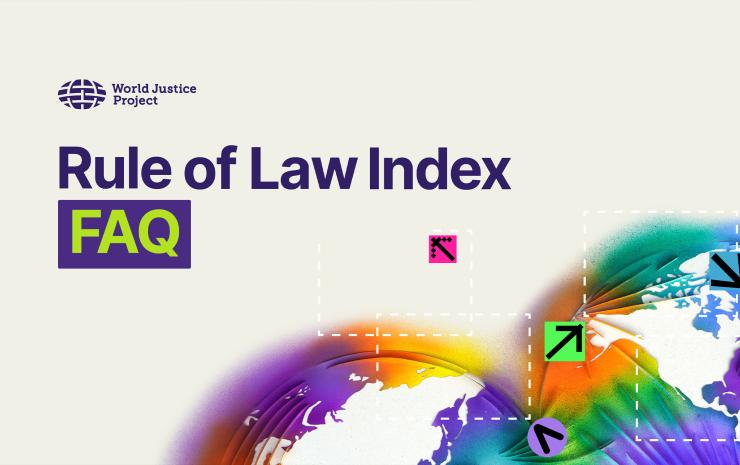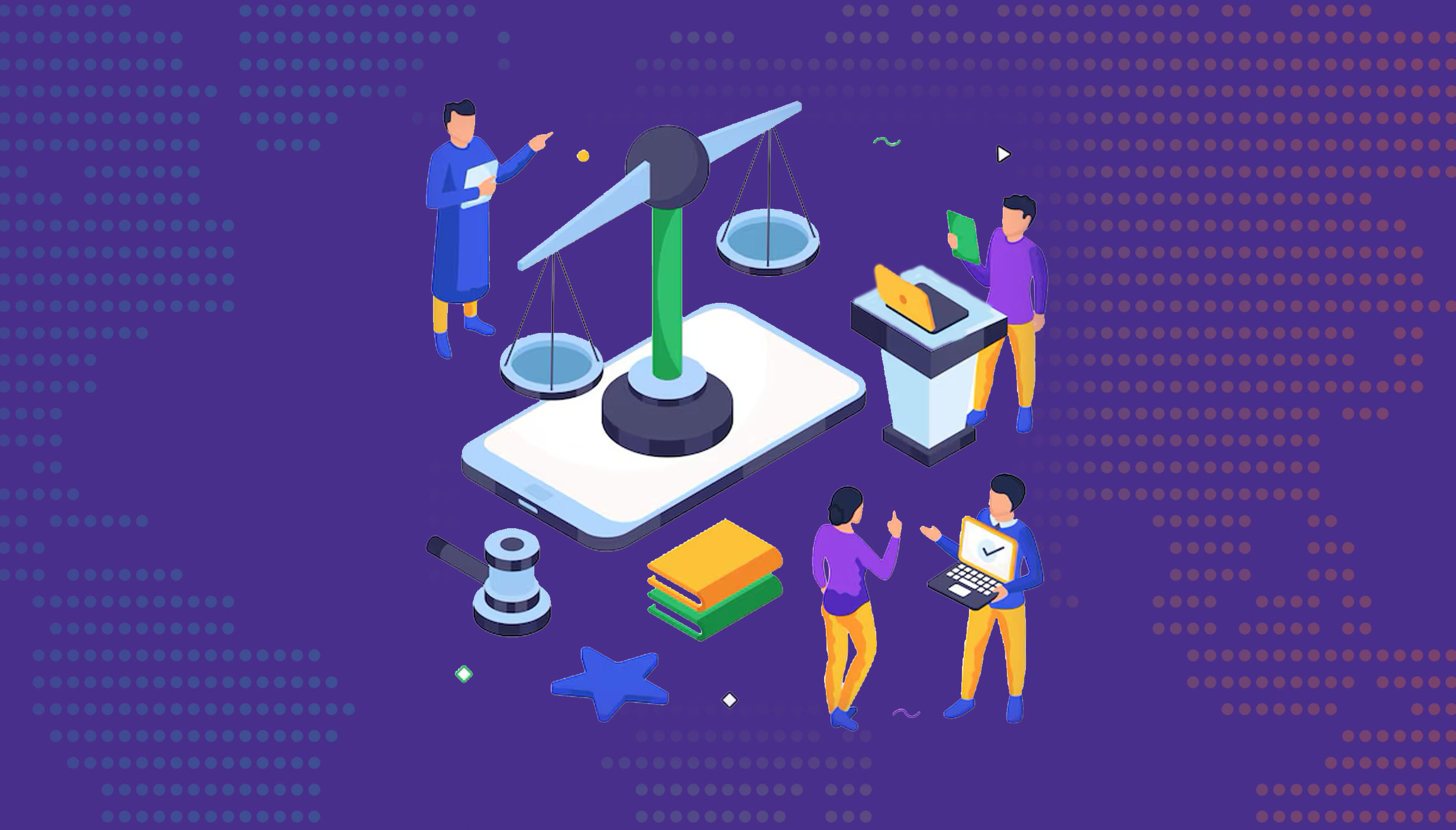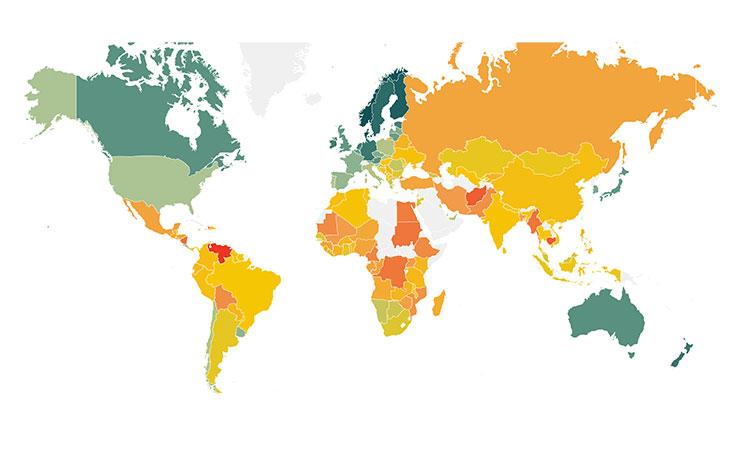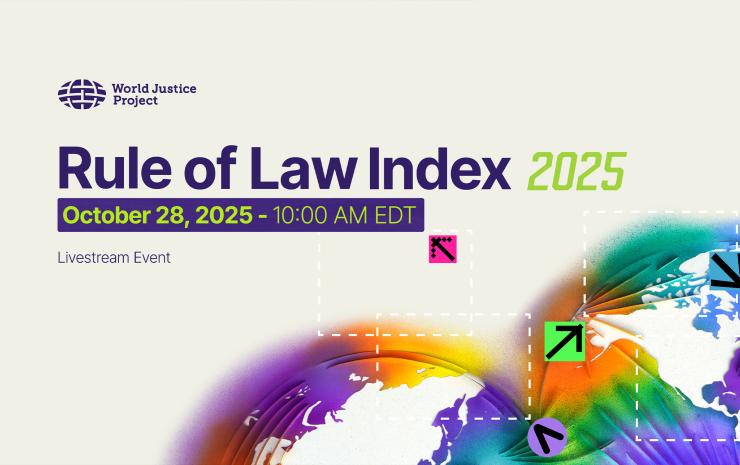

Digital technologies are reshaping justice services, offering benefits such as improved efficiency and cost-savings. Yet, challenges such as exclusion and privacy concerns persist. A people-centered approach is crucial for effectively utilizing these innovations to improve access to justice for all.
The Impact of Digital Technologies on Justice Services
In recent years, digital technologies have revolutionized the way people interact with each other, their communities, and the world around them. These advancements have significantly influenced the justice sector, as actors strive to enhance the efficacy, cost-effectiveness, and impact of justice services through digital solutions. While many justice actors recognize the potential of ICTs-based innovations—those that use Information and Communications Technologies—to improve the functionality of justice institutions, there remains a lack of systematic understanding of how these technologies can be most effectively leveraged to support individuals with justice needs and promote people-centered justice.
To understand what works, the World Justice Project (WJP) has applied the analytical lens provided by the "Paths to Justice" tradition. This tradition recognizes the diverse pathways people take when encountering legal problems and was operationalized in the Global Insights on Access to Justice report and the Dissecting the Justice Gap in 104 Countries. WJP’s research finds that the justice gap is persistent, often disproportionately impacting people experiencing socio-legal vulnerability. Justice technologies can improve access for people living in poverty—for example, by making free information and advice more readily accessible. However, if justice technologies are not designed with an awareness of the unique challenges people living in poverty may encounter—including limited access to the internet—then these innovations can further exclude people living in vulnerability from justice services.
Leveraging ICTs for People-Centered Justice
Justice actors require adaptable frameworks for people-centered decision-making. The WJP report "Advancing Access to Justice via Information and Communications Technologies: A Literature Review" adopts a people-centered lens to examine how justice technologies are utilized throughout the justice journey. This journey encompasses the actions individuals take—or do not take—to identify, understand, and resolve their problems in response to various types of justice issues. The report considers the use of these technologies on both the demand and supply of justice services.
The literature reviewed in the report suggests that justice technologies can generate cost savings, improve efficiency, empower users, and expand service coverage. However, they can also lead to exclusion issues, impede civil rights and due process, and erode trust and privacy. Ultimately, there is no one-size-fits-all solution for closing the justice gap. When justice technologies are developed and implemented in a people-centered manner that addresses the experiences and needs of individuals with justiciable problems, they can serve as a powerful tool for enhancing access to justice.
By focusing on the human aspect of justice and leveraging digital technologies, justice actors can create more inclusive and effective systems that better serve the needs of individuals and communities. This approach not only improves the functionality of justice institutions but also fosters trust and empowers users, paving the way for a more equitable and accessible justice system.
The First Product of a Multi-Phase Collaboration
To mark the first milestone in a partnership between the WJP, the World Bank Legal Vice Presidency, and the Korea-World Bank Partnership Facility, representatives from the WJP and the World Bank Legal Vice Presidency launched the report with a hybrid event moderated by Min Suk Kim, Senior Counsel, World Bank.
Christopher Stephens, Senior Vice President and General Counsel of the World Bank, highlighted the importance of examining the use of justice technologies to ensure alignment with the goals of people-centered justice. Alejandro Ponce, Executive Director of the World Justice Project, emphasized the need for innovative solutions to the justice gap and the opportunities offered by this partnership. Grace Hulseman, WJP’s Senior Research Associate, presented the key findings, and Daniela Barba, WJP’s Director of Access to Justice Research, pointed to the next phase of this collaboration: the publication of the Assessment Tool for ICT-Driven Reforms in Family Justice, an innovative resource supporting decision-makers in identifying opportunities for leveraging technologies to improve family justice.






